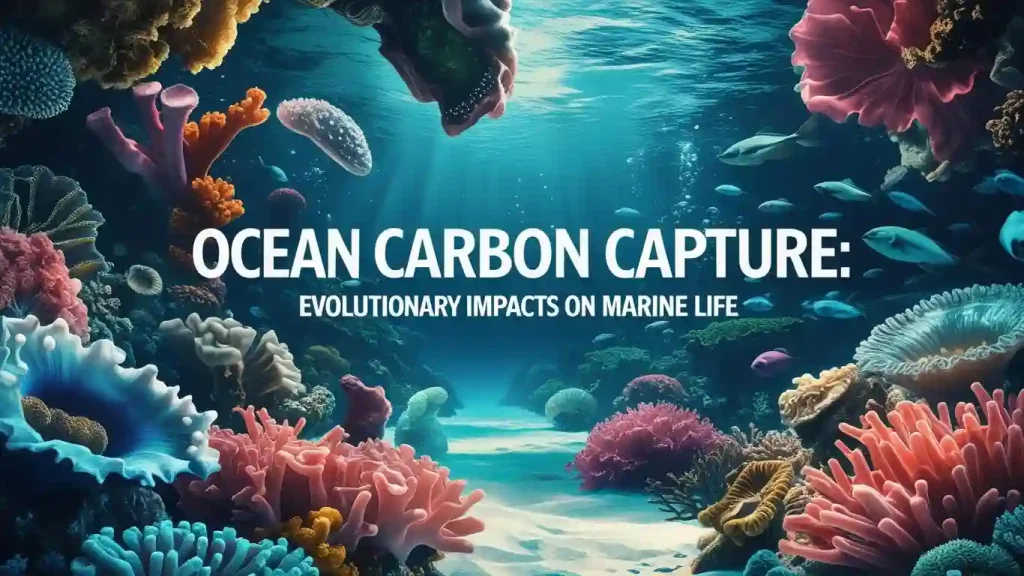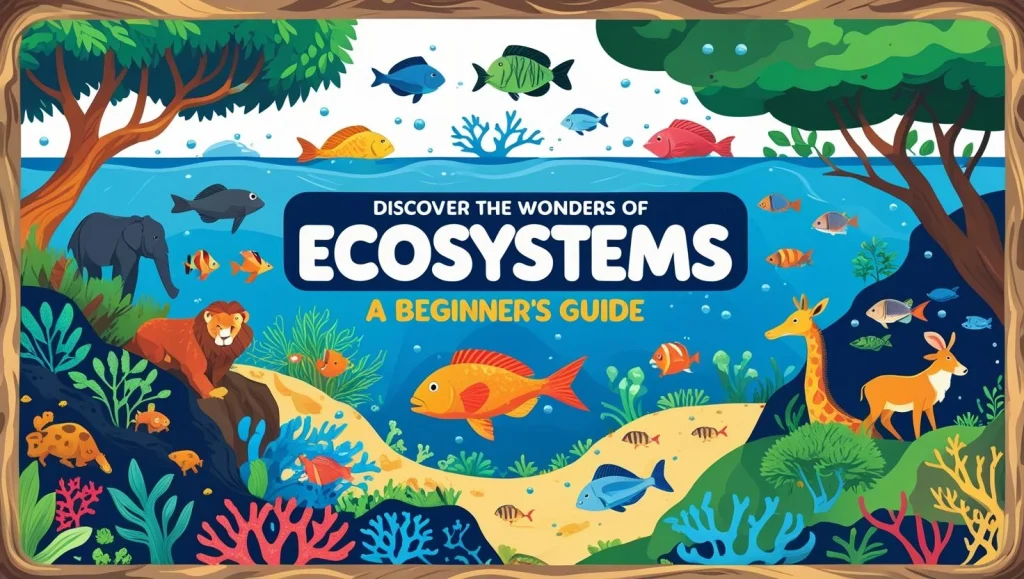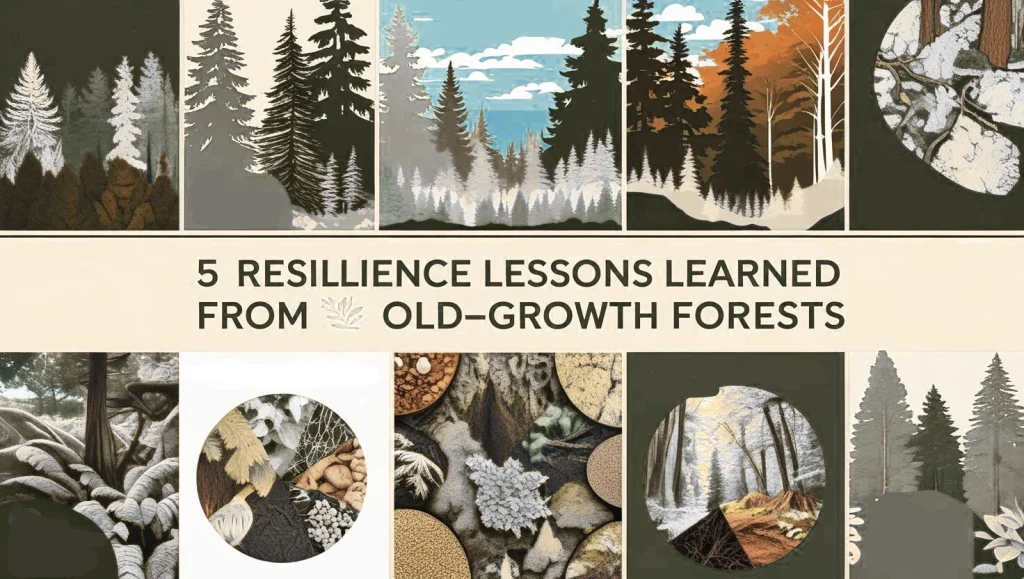
Climate change is a big problem, and scientists are trying new ways to trap carbon dioxide (CO2) in the oceans to slow it down. These methods, called ocean carbon sequestration, might help the planet but could also change marine ecosystems and how species evolve. From tiny plankton to large fish, these technologies might affect the genes of marine life in ways we don’t fully understand. This article explores what ocean carbon sequestration is, how it impacts marine ecosystems, its evolutionary effects, ongoing research, and how we can balance climate goals with ocean health.
What Is Ocean Carbon Sequestration?
Ocean carbon sequestration is a way to store CO2 in the ocean to reduce greenhouse gases in the air. The oceans already absorb about 25% of the CO2 we produce (NOAA, 2025). Scientists want to increase this by using technologies like:
- Ocean Fertilization: Adding iron to the ocean to help tiny plants called phytoplankton grow faster. These plants absorb CO2 during photosynthesis.
- Alkalinity Enhancement: Adding minerals like lime to make seawater less acidic, allowing it to hold more CO2.
These methods are being tested worldwide, with projects funded by the European Union and the U.S. Department of Energy in 2025. For example, phytoplankton naturally absorb billions of tons of CO2 each year, and boosting their growth could trap even more (NASA JPL, 2025). But changing the ocean’s chemistry or biology could have big effects on marine life, which we’ll explore next.
Ocean Carbon Absorption (Natural vs. Enhanced)
| Source | CO2 Absorbed Annually (Gigatons) | Notes |
| Natural Ocean Absorption | ~9 Gt | Oceans absorb 25% of global CO2 emissions (NOAA, 2025) |
| Ocean Fertilization | ~0.1–1 Gt (potential) | Experimental, increases phytoplankton growth |
| Alkalinity Enhancement | ~0.5–2 Gt (potential) | Increases ocean’s CO2 storage capacity |
Also Read: Microplastics and Nanoplastics Genetic Impacts
How Ocean Carbon Sequestration Affects Marine Ecosystems
Ocean carbon sequestration changes the ocean’s environment, which affects marine ecosystems. When iron is added for ocean fertilization, phytoplankton grow quickly, creating huge blooms. These blooms use up nutrients and oxygen, which can harm other marine life. For example, too many blooms can cause “dead zones” where oxygen levels drop, making it hard for fish and other animals to survive (ScienceDirect, 2024).
Alkalinity enhancement changes the ocean’s pH, making it less acidic. While this might help corals and shellfish, sudden pH changes can stress other species. A 2025 study found that altering ocean chemistry could disrupt food chains, as species like zooplankton (tiny animals that eat phytoplankton) struggle to adapt (Nature, 2025). Posts on X in 2025 also mentioned how glacial runoff in Greenland adds nutrients to the ocean, similar to fertilization, and changes marine ecosystems.
These changes can affect entire food webs. If phytoplankton or zooplankton populations shift, fish, seabirds, and marine mammals that depend on them may face food shortages. Protecting marine carbon cycles is important, but these technologies could cause unexpected harm if not managed carefully.
Evolutionary Responses in Marine Species
Ocean carbon sequestration technologies create new conditions in the ocean, which can act as “selective pressures.” This means they favor species or traits that can survive in the changed environment, driving evolutionary responses. Here’s how this might happen:
Phytoplankton and Microbes
Phytoplankton are key to marine carbon storage, but fertilization can favor species that grow faster or need fewer nutrients. Over time, these species might dominate, reducing genetic diversity. A 2025 study on diatom phytoplankton showed that iron additions changed their gene expression, affecting how they reproduce (PubMed, 2025). Such changes may disrupt microbial ecosystems, the building blocks of marine food chains.
Fish and Larger Species
Fish and other marine animals may evolve to cope with lower oxygen levels or changing pH. For example, a 2024 study found that some fish species adapted to acidic waters by developing stronger gills, but this came at the cost of weaker immune systems (ScienceDirect, 2024). If these traits are passed on, future generations might be less resilient to diseases or other threats.
Corals and Shellfish
Alkalinity enhancement might help corals by reducing ocean acidification, but rapid pH changes could stress them. Corals with genes that tolerate these shifts might survive better, leading to evolutionary changes. However, a 2025 NOAA report warned that sudden changes could reduce coral diversity, harming reefs that support millions of marine species.
Long-Term Risks
If ocean carbon sequestration reduces genetic diversity, marine ecosystems could become less resilient. For example, fewer phytoplankton species might weaken marine carbon cycles, as diverse species are better at adapting to environmental changes. These evolutionary shifts could also affect fisheries, which billions of people rely on for food (FAO, 2025).
Potential Evolutionary Impacts of Ocean Carbon Sequestration
| Marine Group | Environmental Change | Possible Evolutionary Response |
| Phytoplankton | Increased nutrients, blooms | Faster reproduction, reduced diversity |
| Fish | Lower oxygen, pH changes | Stronger gills, weaker immune systems |
| Corals | Altered pH, alkalinity | Tolerance to pH shifts, lower diversity |
Also Read: Bamboo super material-India sustainability
Current Research and Challenges
Scientists are studying how ocean carbon sequestration affects marine life and evolution. New tools like environmental DNA (eDNA) and satellite monitoring help track changes in marine ecosystems. For example, eDNA can show how phytoplankton populations shift after fertilization experiments (ScienceDirect, 2025). Modeling studies also predict how pH changes might affect fish and coral genes over decades.
But there are big challenges:
- Limited Data: We don’t know the long-term evolutionary effects of these technologies, as most experiments are small-scale.
- Unintended Consequences: Fertilization can cause oxygen depletion, and alkalinity enhancement might harm species not adapted to rapid pH changes.
- Ethical Questions: Should we change the ocean’s chemistry without knowing how it will affect future generations of marine life?
Global efforts are growing. The UN’s 2025 climate summit called for more research on marine carbon solutions, and the EU is funding projects to test safe sequestration methods. X posts in 2025 show public concern about balancing climate action with ocean health, urging scientists to proceed carefully.
Solutions for Sustainable Ocean Carbon Sequestration
To protect marine ecosystems and their evolutionary future, we need to balance ocean carbon sequestration with ocean health. Here are some solutions:
1. Small-Scale Testing
- Run controlled experiments to study how sequestration affects marine life before large-scale use.
- Monitor ecosystems using eDNA and satellites to catch problems early.
2. Alternative Carbon Capture
- Implement solutions on land, like tree planting and factory emissions capture, to help reduce stress on the oceans.
- Support technologies that don’t disrupt marine carbon cycles.
3. Stronger Regulations
- Create global rules to limit harmful sequestration practices, like those causing dead zones.
- Follow examples like marine protected areas, which help ecosystems recover (NOAA, 2025).
4. Public Action
- Support policies that fund research and protect oceans.
- Reduce personal carbon footprints by using less energy and supporting sustainable products.
By combining these steps, we can fight climate change without harming marine ecosystems or their evolutionary future.
Conclusion
Ocean carbon sequestration is a promising way to tackle climate change, but it could change marine ecosystems and drive evolutionary responses in unexpected ways. From phytoplankton to fish, these technologies might reshape the genes of marine life, affecting food chains and biodiversity. Research is helping us understand these risks, but we need careful planning to protect our oceans. By testing technologies safely, exploring alternatives, and supporting strong policies, we can balance marine carbon storage with ecosystem health. Join the fight for a sustainable future—support ocean conservation and climate action today!
FAQs
What is ocean carbon sequestration?
It’s a method to store CO2 in oceans using technologies like fertilization or alkalinity enhancement to fight climate change.
How does it affect marine evolution?
It changes ocean conditions, favoring species with traits that survive, which can reduce genetic diversity.
What are the risks to marine ecosystems?
It can cause oxygen depletion, disrupt food chains, and stress species like corals and fish.
How can we make it safer?
Test technologies on a small scale, monitor ecosystems, and support alternative carbon capture methods.
How much carbon is present in the ocean?
The ocean holds about 38,000 gigatons (Gt) of carbon, mainly as dissolved inorganic carbon. This makes it the largest active carbon reservoir on Earth.

